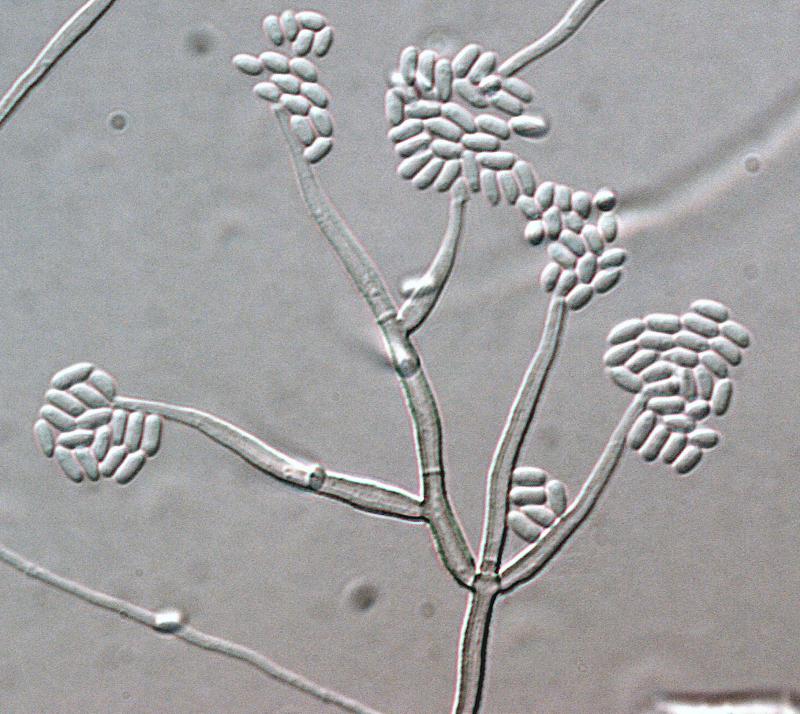Fungal systematics is a dynamic and challenging field, where knowledge is constantly evolving, presenting new challenges for mycologists. In a scenario where precise classification and nomenclature of fungi are crucial, a debate arises regarding the proliferation of new species.
Particularly in the realm of phytopathogenic fungi, characterization has been based on a phylogenetic approach in recent decades. However, the possibility of errors in sequence data has led to the description of species that do not adhere to established rules, raising questions about the criteria for species differentiation.
Faced with this reality, numerous experts emphasize the need to adopt a multifaceted approach for the precise identification of new species associated with plant diseases. This methodology, which integrates morphological, ecological, biological, and phylogenetic data, is essential for establishing stable names and facilitating effective communication about plant diseases.
Moreover, it is crucial to address the erosion of knowledge in mycological taxonomy, especially in isolation and morphological identification techniques, in a context where molecular techniques are gaining ground. Transmitting this knowledge to the next generation of researchers is essential to maintain a rigorous approach in mycology and ensure the accurate description of new fungal species.
These and other topics of interest are addressed in the review article written by Josep Armengol from the Universitat Politècnica de València and David Gramaje from the research group BIOVITIS of the 'Instituto de Ciencias de la Vid y del Vino (ICVV)'. The article is available in the latest issue of the Fitopatología SEF journal.
https://sef.es/sites/default/files/publications/Fitopatología%20Nº-9-2023.pdf
J. Armengol y D. Gramaje. 2023. Una visión general de los cambios y la situación actual de la taxonomía de hongos y oomicetos. Fitopatología 9:8-15








